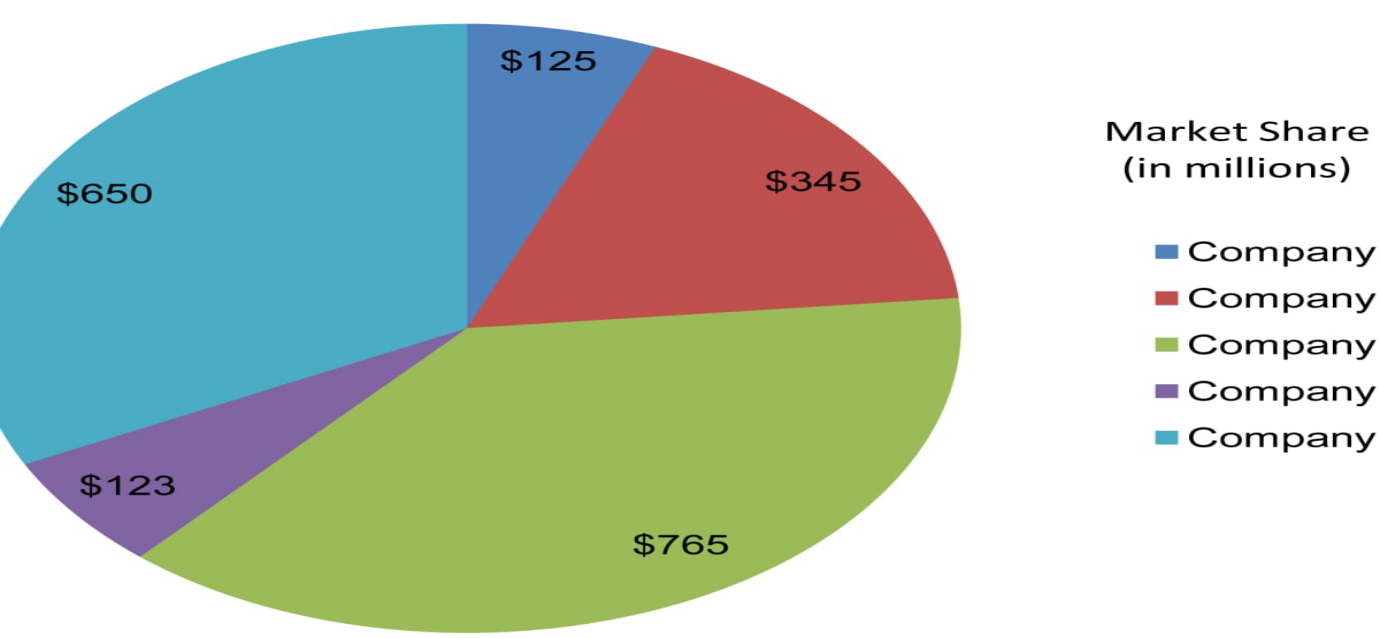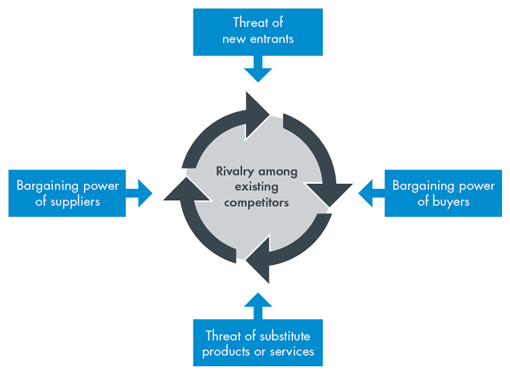What Strategies Do Companies Employ to Increase Market Share?
Competition in the business world is fierce, and achieving a high market share can be one of the most reliable ways for companies to maximize their potential profits. But just how do some of the biggest companies in the world increase their market share?
In this blog post, we explore four strategies that could help any business understand what it takes to grow its presence in an ever-evolving and competitive marketplace.
From focusing on customer service to emphasizing research and development, these techniques can ensure that your brand stands out from others in its industry. Keep reading to learn about how you can leverage each strategy for success!
Shareholder value
One of the primary strategies that companies use to increase their market share is shareholder value creation. This strategy involves a company investing in its own shares and increasing the worth of its stock portfolio.
This strategy allows for more liquidity, which ultimately results in an increase in the number of people interested in purchasing the company's stock. Additionally, this strategy also signals to potential buyers that the company is doing well and has a bright future, thus increasing its market share.
Market share

Customer service is an essential element of any successful business, as it helps to both retain existing customers and attract new ones. It’s important for companies to prioritize customer needs and pay attention to feedback in order to foster loyalty and trust. To increase market share, businesses should work on providing their customers with quality products, creating a positive customer experience, and building strong relationships.
Another important strategy for increasing market share is establishing a clear brand identity. Companies that have a unique image and messaging can stand out from their competition. This involves creating a memorable logo, designing an attractive website, and utilizing social media platforms to reach the right people.
Research and development is a key factor in the success of any business, as it enables companies to stay ahead of the competition. Businesses should always be looking for new ways to improve their products and services so they can differentiate themselves from others in their industry.
Finally, businesses should focus on building strategic partnerships with key players in their industry. This could include suppliers, distributors, or even other companies that offer complementary services.
SWOT analysis
A SWOT (Strengths, Weaknesses, Opportunities, and Threats) analysis is a popular approach utilized by many businesses to better understand the competitive environment within their industry. By brainstorming the potential strengths and weaknesses of your own company as well as those of its rivals, you can gain insight into how to maximize your share of the market.
This analysis allows companies to identify potential opportunities for growth, as well as any threats that may hinder their success. Taking the time to understand your place in the market and develop a comprehensive SWOT analysis can be an invaluable tool in achieving greater market share.
Porter's five forces model

Porter’s Five Forces Model offers an innovative way to analyze the competition in any field. Developed by Michael Porter, it looks at five elements: suppliers, buyers, potential entrants, substitutes, and industry rivals.
By understanding how these forces interact with each other and your business, you can gain a better idea of where your company stands in relation to the competition. With this knowledge, you can make decisions that increase your market share and success in the industry.
For example, if you find out that your suppliers have a high bargaining power or that potential entrants are likely to enter the market, you may need to adjust your business model to stay ahead of the game. By understanding the market dynamics and staying on top of your industry’s trends, you can make sure that you are well-positioned to grow your share of the market.
Product life cycle
Product life cycle management (PLM) is one of the most important strategies for companies to consider when trying to increase market share. PLM involves understanding how a product or service will evolve over its entire life, from conception to release and throughout the period in which it brings in revenue.
By analyzing past performance and mapping out potential scenarios, companies can adjust their strategies to take advantage of opportunities when they arise in the marketplace. PLM also helps companies identify and target new markets, ensuring that the product or service has a long-term place in the market.
Additionally, by understanding the stages of a product’s life cycle, companies can better plan for launch dates and marketing tactics to maximize their return on investment. By implementing PLM effectively, companies can garner more market share and ultimately reap the rewards of increased profits.
Marketing mix
When considering the strategies to increase market share, it is important to consider the marketing mix. The 'marketing mix' refers to the four Ps of marketing product, price, promotion, and place.
Product: A key strategy for increasing market share lies in having an attractive product offering. This could involve creating a unique product that meets customer needs and is different from what is currently available in the marketplace. It could also include making improvements to existing products such as introducing new features or changing packaging to make them more desirable.
Price: Companies may also choose to adjust their prices, either increasing or decreasing them depending on market conditions. By offering discounts or promotions, companies can make their products more desirable and thus increase the likelihood of customers choosing them over competitors.
Promotion: Companies should also consider how they are promoting their products. Advertising, public relations, and direct marketing can all be used to ensure that customers are aware of a company’s product offerings and have the opportunity to choose them over their competitors.
Place: Lastly, businesses need to decide where they are going to sell their products and services. Choosing the right place can play an important role in increasing market share, as customers may be more likely to purchase a product if it is conveniently located or easily accessible.
By considering all four components of the marketing mix, companies can ensure that their products are attractive to customers and that they are using the right strategies to increase market share.
FAQs
What are 3 common marketing strategies?
The three most common marketing strategies used by companies to increase market share are focusing on customer service, emphasizing research and development, and investing in advertising campaigns. Focusing on customer service helps build brand loyalty, as customers will come back for repeat purchases if they have a great experience with your product or service. Emphasizing research and development allows businesses to stay ahead of their competition by introducing new products and services that meet customer needs. Finally, investing in advertising campaigns allows businesses to reach a wider audience and increase the visibility of their brand. By combining these strategies, businesses can effectively grow their market share and maximize their potential profits.
What are the benefits of increasing market share?
The primary benefit of increasing market share is increased profits. Market share allows companies to gain an advantage over their competitors by having a larger customer base and higher revenue potential. Additionally, having a large market share can also help create brand recognition and loyalty among customers, as they will be more likely to purchase from a known and trusted brand.
What are market growth strategies?
Market growth strategies involve the implementation of different marketing tactics in order to increase market size and attract new customers. Some common strategies include investing in advertising campaigns, focusing on customer service, emphasizing research and development, expanding into new markets, and forming strategic partnerships with other companies. By combining these strategies, businesses can effectively grow their market share and maximize their potential profits.
Conclusion
Market share is the portion of the total market controlled by a company. Companies vie for greater control of their markets through various strategies, which may be price-based, promotion-based, or product/service-based.
The legality and effectiveness of any given strategy may depend on the industry in question. In light of this competitive environment, it behooves companies to have an understanding of the different ways they can increase their market share before deciding on a course of action.